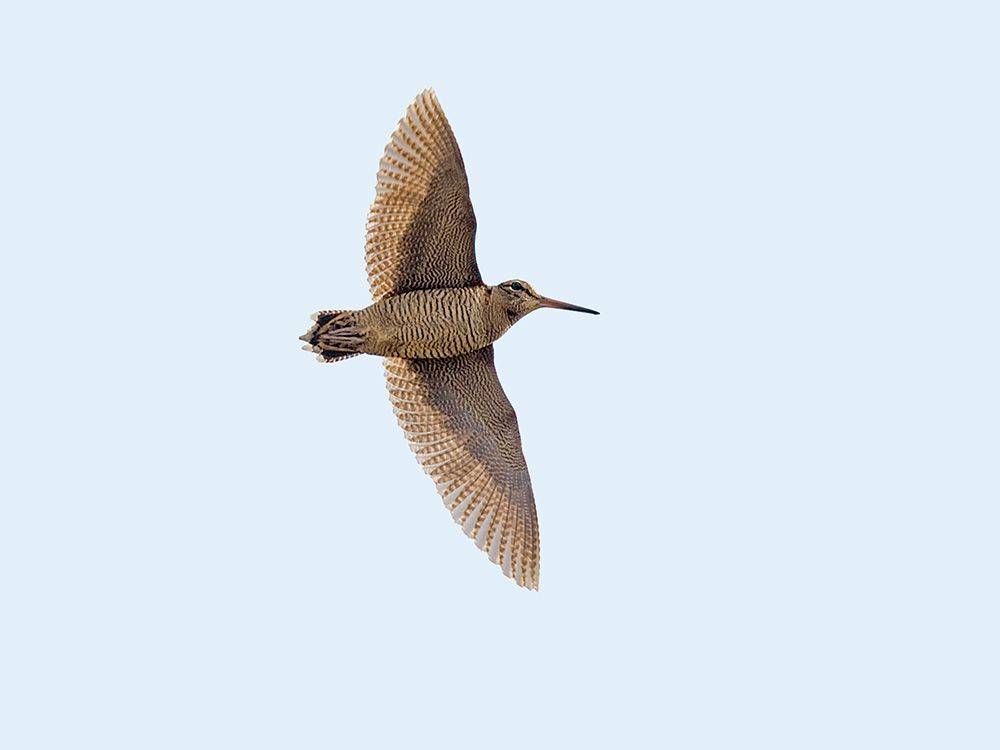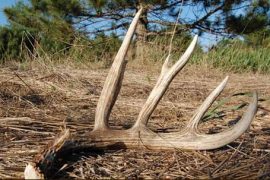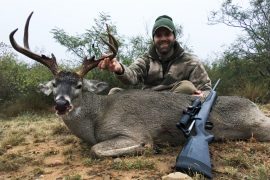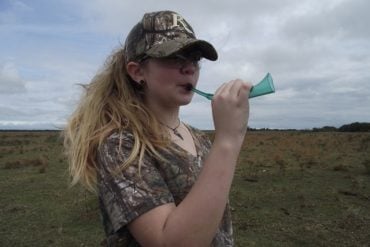
Sometimes pheasant, ruffed grouse, bobwhite quail, and woodcock behave perfectly and present upland hunters with dream shots. But most times, the pressure of a dog’s point and flush makes them play all sorts of games.
Wild birds learn quickly—it only takes a few dog contacts to turn early-season gimmes into challenging mid- and late-season shots. When woodcock run through the alders, they’re about as graceful—and linear—as a running back busting through a defensive line. Behavior that is predictably unpredictable is part of the fun of hunting wild upland birds.
Savvy wingshooters try to up their odds of bagging birds by varying their chokes and staggering their loads to match these dynamic conditions. The majority of wild gamebirds are killed on the first shot. These are closer shots, but they are often easier shots, with more forgiving angles and shorter leads than distant shots present. Many upland bird hunters favor double-barreled shotguns because they can use two different choke configurations. Closer first shots are fired from the more open choke with a lighter load. Second shots from a tighter choke paired with a slightly hotter shell reach out after an initial miss—or to kill the second bird of a double.
Single-barrel shooters, who have only one choke, simply vary their loads to maximize pattern spread. Load the lightest shell with the smallest shot in the chamber, then place the hottest shell with the largest shot in the…





